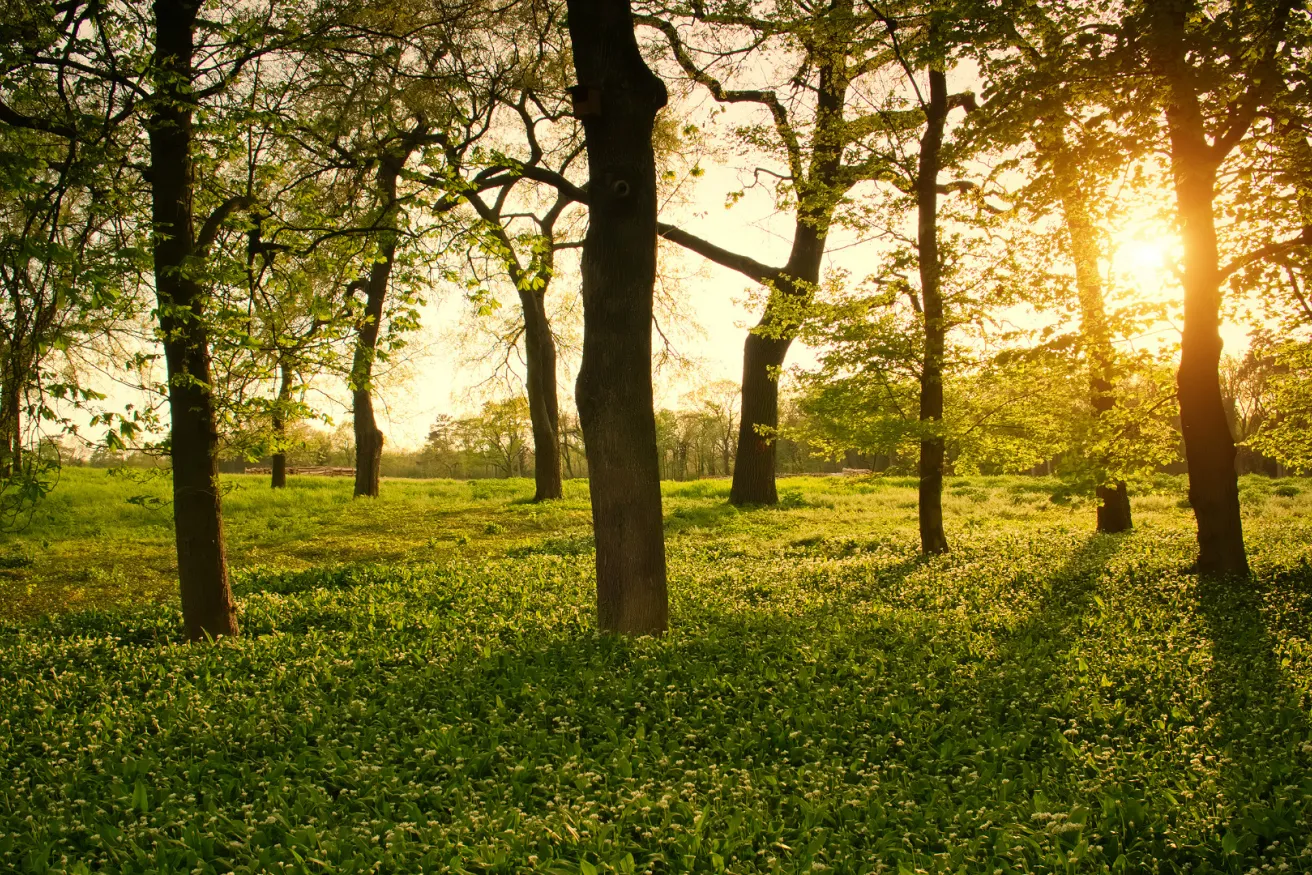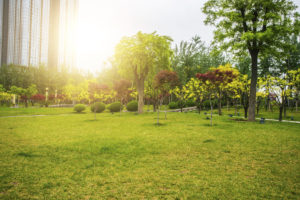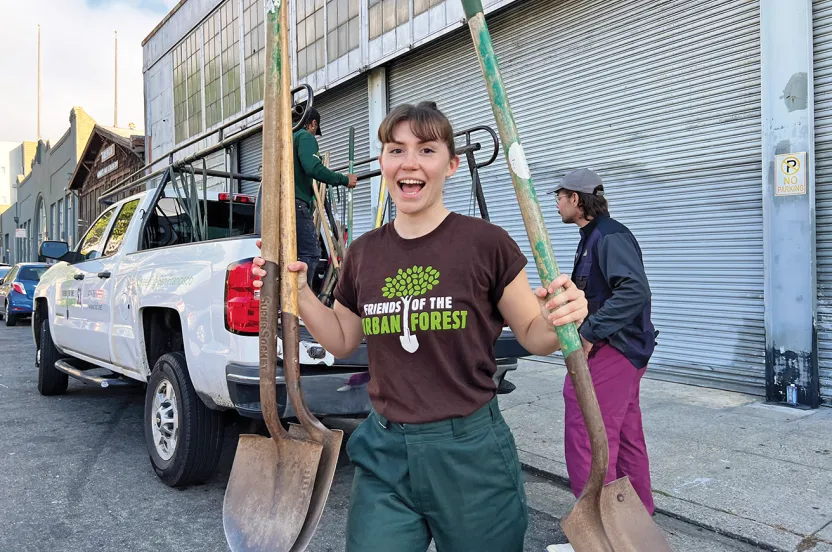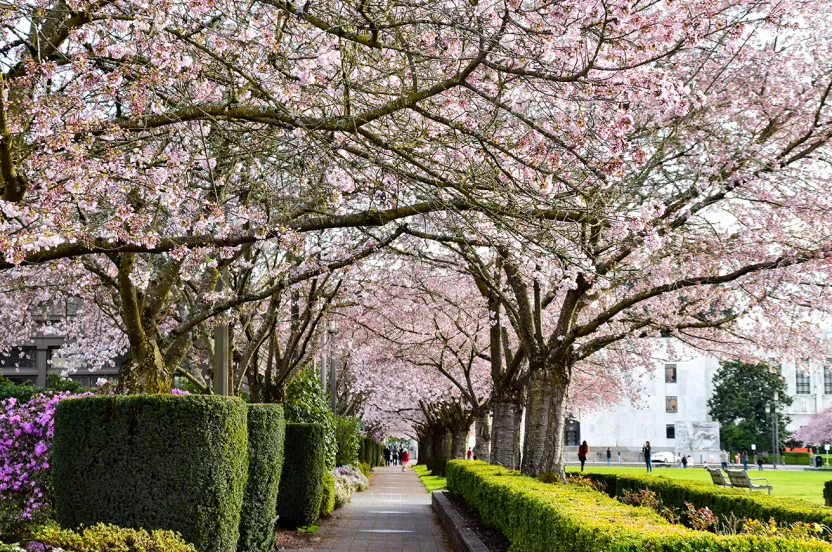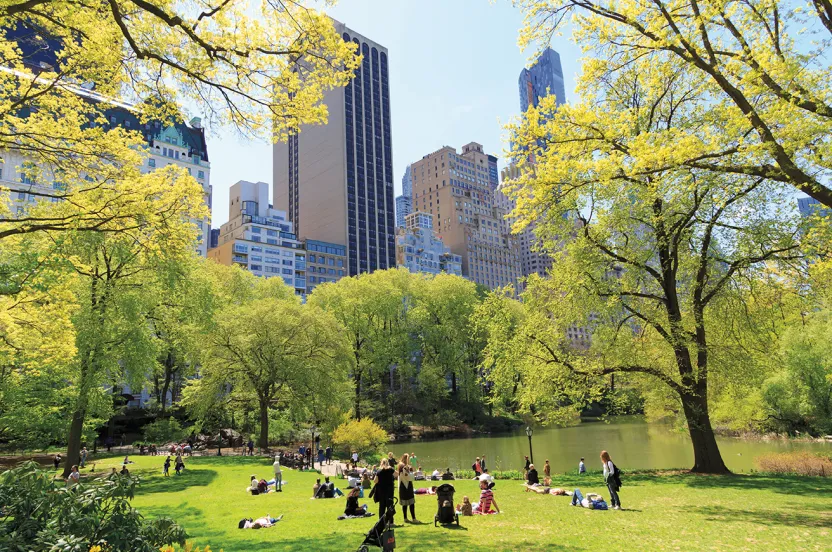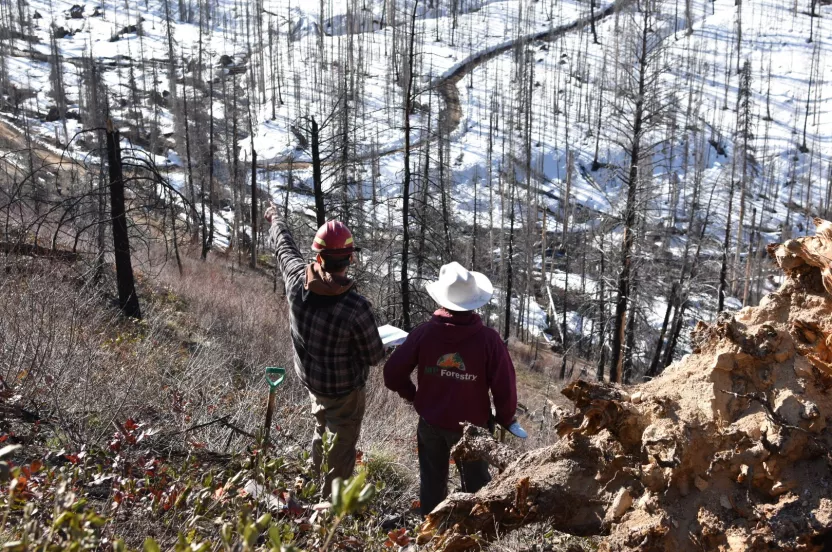Now live: The 2025 Canopy Report. Learn how Americans see trees. GET THE REPORT
In the fall of 2014, feeling fairly intimidated, slightly inadequate, but even more excited, I decided to take a leap. Or more appropriate for this audience – I decided to “branch out.” The Communication-and-Spanish-Major-Turned-Certified-Arborist submitted an application to join the Lincoln, Nebraska Community Forestry Advisory Board!
I waited for what felt like an eternity to hear back—in reality, six days—but it finally showed up. An email from the mayor’s office saying I made the team. Yes, THE MAYOR! I know to someone who has worked for the city or state for a long time, you are probably desensitized to emails that say the mayor is discussing you—or maybe you start shaking in your boots?— but I was pretty excited.
A couple months later, I got ready to walk into my first Community Forestry Advisory Board meeting. I was nervous and unsure how I would be able to contribute, even though I spent the past eight years working with tree boards across the country through the Tree City USA program. I felt like I had a fairly decent grasp of their purpose. I thought, how much more could there be to it? Boy was I ever wrong!
As I sat there during my first meeting listening to the forestry staff’s individual reports, I was dumbfounded at how much they do that I was unaware of. It became clear to me that if I didn’t know what was going on—someone who works for an organization specifically devoted to trees—other people most certainly don’t either. So I wanted to share what I’ve learned to inspire and encourage others to reach out to their tree boards or forestry staff to get involved.
First, don’t be afraid to speak up. Before I joined the board, I had the notion that city forestry departments and tree boards were incredibly formal entities. I felt intimidated to speak up amongst so much experience in the room. After my first meeting, one of the forestry staff members pulled me aside and told me not to be afraid to share my thoughts. That’s what they want from the board members. I learned that perspective is important when it comes to being a part of a tree board and that having many perspectives in the room is a great asset. Representatives from nurseries, tree-trimming companies, state forestry, and others provides for varying personalities, opinions, and viewpoints to flourish. City forestry staff want their board members to ask them questions and provide insight so they know if what they are communicating is clear and on target, or if there is something else they need to consider.
Secondly, give everyone the benefit of the doubt. The forestry staff in Lincoln— I’d venture to say it’s similar across the country—care a whole lot about the trees in our community and are doing an awesome job planting and caring for them with the dollar and people resources available. Some things are simply out of their hands. They can create the most beautiful and easy to read list of preferred species for street tree plantings through a voucher program, but if the consumers only want “the pretty tree that changes colors in the fall like the one the neighbors next door planted,” it’s hard to encourage variety on the streets. That why it’s our job as members of tree boards, non-profit tree planting organizations, and certified arborists to encourage community members to select different species and educate them about the benefits of a diverse tree canopy.
Thirdly, even if you feel inadequate, you can make a difference! When Emerald Ash Borer (EAB) hit Nebraska in June of 2016, the board had a whole new set of priorities to focus on. We were requested to speak at city council to back up the Mayor’s budget, which included ample funding for EAB management, education, and tree replacement. At first, I declined to speak because I felt like I didn’t have enough knowledge or experience to make any sort of case. However, a coworker told me that some of the most compelling presentations are those that remind the councilmen and councilwomen of the human element of the issue at hand, and he was right!
Which brings me to my final point, don’t underestimate the power of storytelling. As I sat through two hours of listening to nearly tear-jerking citizen pleas to city council, I realized the stories that made me want to get out and take some sort of action were those stories where I could clearly see and hear how people’s lives were changed. Stories that talked about childhood memories like mine of walking hand in hand with my dad to the ash trees down the block so I could rake the leaves to fill up my enormous jack-o-lantern plastic bags. Stories that remind our mayors and city councils about the importance of trees and how much children love to play in them, under them, and around them. How people love to celebrate Arbor Day. How trees provide, literally, millions of dollars in benefits to our communities each year, not to mention add beauty to our cities and town.
These are the sorts of stories that will inspire others to love and care for their trees as much as we do. So whether you are new to your tree board or a veteran, you can learn from my experiences. Don’t be afraid to speak up, your opinion matters. Always give everyone the benefit of the doubt until you know the whole story. No matter your experience, knowledge, or size, your board CAN make a difference. So go out on a limb and share your love of trees. Even if you don’t change every mind right away, you are bound to plant the seed. And what’s inspiring is that as a member of a tree board, we have the power to make that happen.
*If you need some fresh perspective for your board, look through the Tree Board Handbook for ideas on best practices, Arbor Day celebrations, diversity inclusion, and so much more!
